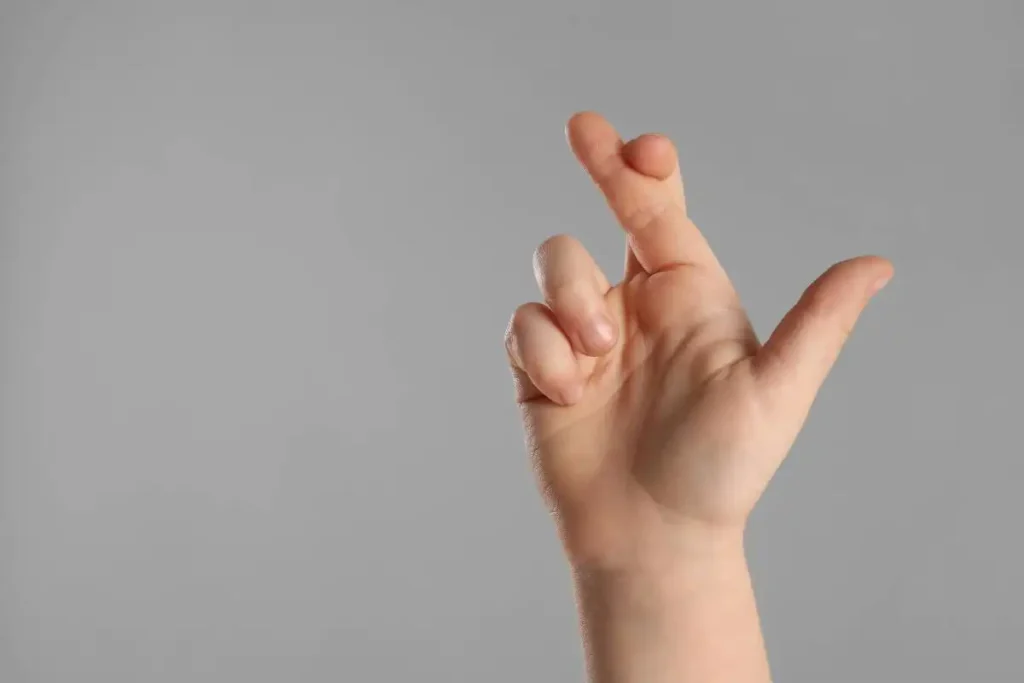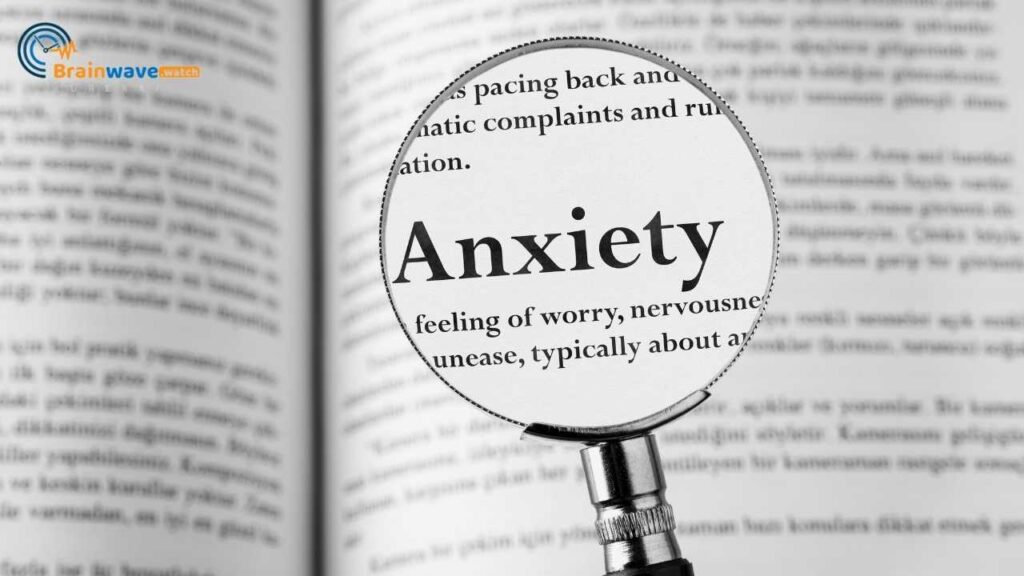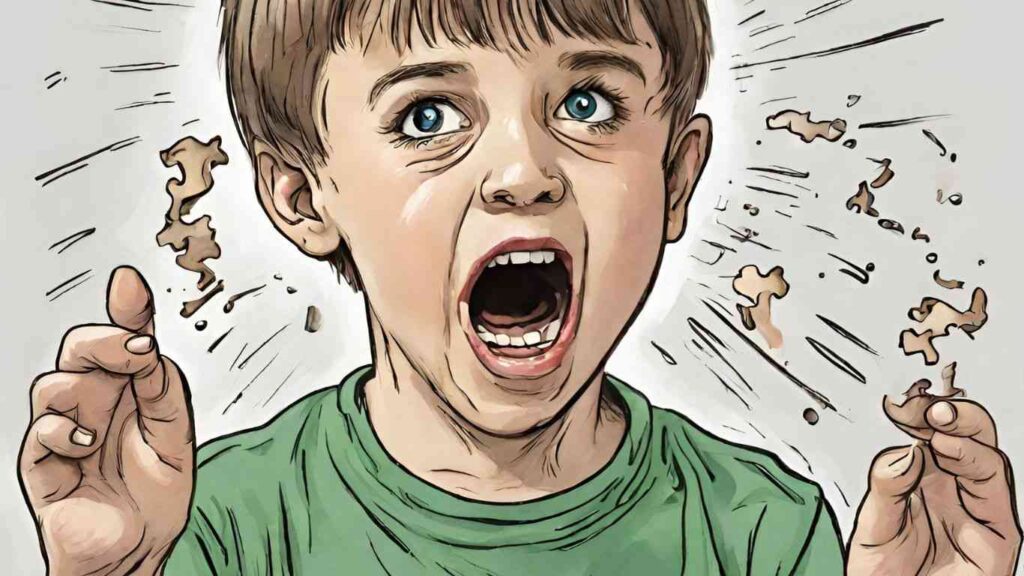It is important to note that having certain habits or behaviors, such as crossing fingers, does not necessarily indicate that a person has ASD. However, some repetitive behaviors, or “stimming,” can be a symptom of ASD. Stimming can include behaviors such as hand flapping, rocking, or spinning, and is often used as a way to self-regulate or cope with sensory overload.
If you suspect that you or someone you know may have ASD, it is important to seek a professional evaluation from a qualified healthcare provider. Early diagnosis and intervention can improve outcomes and quality of life for individuals with ASD.
Historical and Cultural Context of Crossing Fingers
Crossing fingers is a gesture that has been used for centuries in many cultures. According to Wikipedia, early Christians used the gesture to implore the protection of the Holy Cross. The gesture is also used to ward off evil spirits and to bring good luck. In some cultures, crossing fingers is considered a sign of respect or a way of showing agreement.
Body Language and Nonverbal Communication
Body language and nonverbal communication play an important role in our daily interactions. Crossing fingers is a nonverbal gesture that can convey different meanings depending on the context. For example, crossing your fingers can be a sign of hope, optimism, or good luck. It can also be a way of showing support or agreement. However, crossing fingers can also be a sign of anxiety or nervousness.
Research has shown that people with autism may have difficulty with nonverbal communication, including body language and gestures. However, there is no evidence to suggest that crossing fingers is a sign of autism. According to Autism Speaks some common signs of autism include difficulty with social interactions, repetitive behaviors, and difficulty with communication.
In conclusion, crossing fingers is a common gesture that can convey different meanings depending on the context. While there is no evidence to suggest that crossing fingers is a sign of autism, people with autism may have difficulty with nonverbal communication.
Signs and Symptoms of Autism
Autism spectrum disorder (ASD) is a developmental disorder that affects communication, social interaction, and behavior. While the signs and symptoms of autism can vary widely, some common characteristics are typically associated with the disorder.
Social Communication Challenges
One of the hallmark signs of autism is difficulty with social communication. Children with autism may struggle to understand and use nonverbal cues, such as facial expressions and body language, and may have trouble developing and maintaining relationships with others. They may also have difficulties with language, such as delayed speech development or a tendency to repeat words or phrases over and over again.
Repetitive Behaviors and Restricted Interests
Another common characteristic of autism is repetitive behaviors and restricted interests. Children with autism may engage in repetitive behaviors, such as hand-flapping or rocking back and forth, and may become fixated on certain objects or topics. They may also have difficulty adapting to changes in routine or may become upset if their routines are disrupted.
While crossing fingers is not typically considered a sign of autism, it is important to note that the signs and symptoms of autism can vary widely from person to person. If you are concerned about your child’s development, it is important to speak with a healthcare professional for an evaluation and diagnosis.
Misconceptions About Autism
Autism is a complex neurodevelopmental disorder that affects a person’s social skills, communication, and behavior. Unfortunately, many misconceptions about autism can lead to misunderstandings and stigmatization of individuals with autism.
One common misconception is that individuals with autism lack empathy or emotional connection with others. However, research has shown that this is not the case. Individuals with autism may feel emotions more intensely than others and have difficulty expressing them in a way that others can understand.
Another misconception is that individuals with autism are all the same and exhibit the same behaviors. However, autism is a spectrum disorder, which means that each individual with autism may exhibit different symptoms and behaviors. Some individuals may have difficulty with social interactions, while others may have repetitive behaviors or intense interests in certain topics.
A third misconception is that crossing fingers is a sign of autism. There is no scientific evidence to support this claim. While individuals with autism may exhibit certain behaviors or mannerisms, such as hand flapping or rocking back and forth, crossing fingers is not a definitive sign of autism.
It is important to understand that individuals with autism are unique individuals with their strengths and challenges. By dispelling these misconceptions and educating ourselves about autism, we can create a more accepting and inclusive society for individuals with autism.
When to Seek Professional Advice
If a child is displaying frequent finger-crossing behavior, it is important to consider seeking professional advice. While crossing fingers is not necessarily a sign of autism on its own, it can be a symptom of other underlying conditions that may require intervention.
Parents and caregivers should also be aware of other potential signs of autism, such as delayed speech or social interaction, repetitive behaviors, and sensory issues. If a child is displaying multiple signs of autism, it may be beneficial to speak with a healthcare professional who can provide a proper evaluation and diagnosis.
It is important to note that early intervention is key in helping children with autism reach their full potential. Seeking professional advice and diagnosis as soon as possible can help ensure that children receive the support and resources they need to thrive.
If a child is diagnosed with autism, there are many resources available to help support them and their families. These may include therapy, educational programs, and support groups. With the right resources and support, children with autism can lead happy, fulfilling lives.







